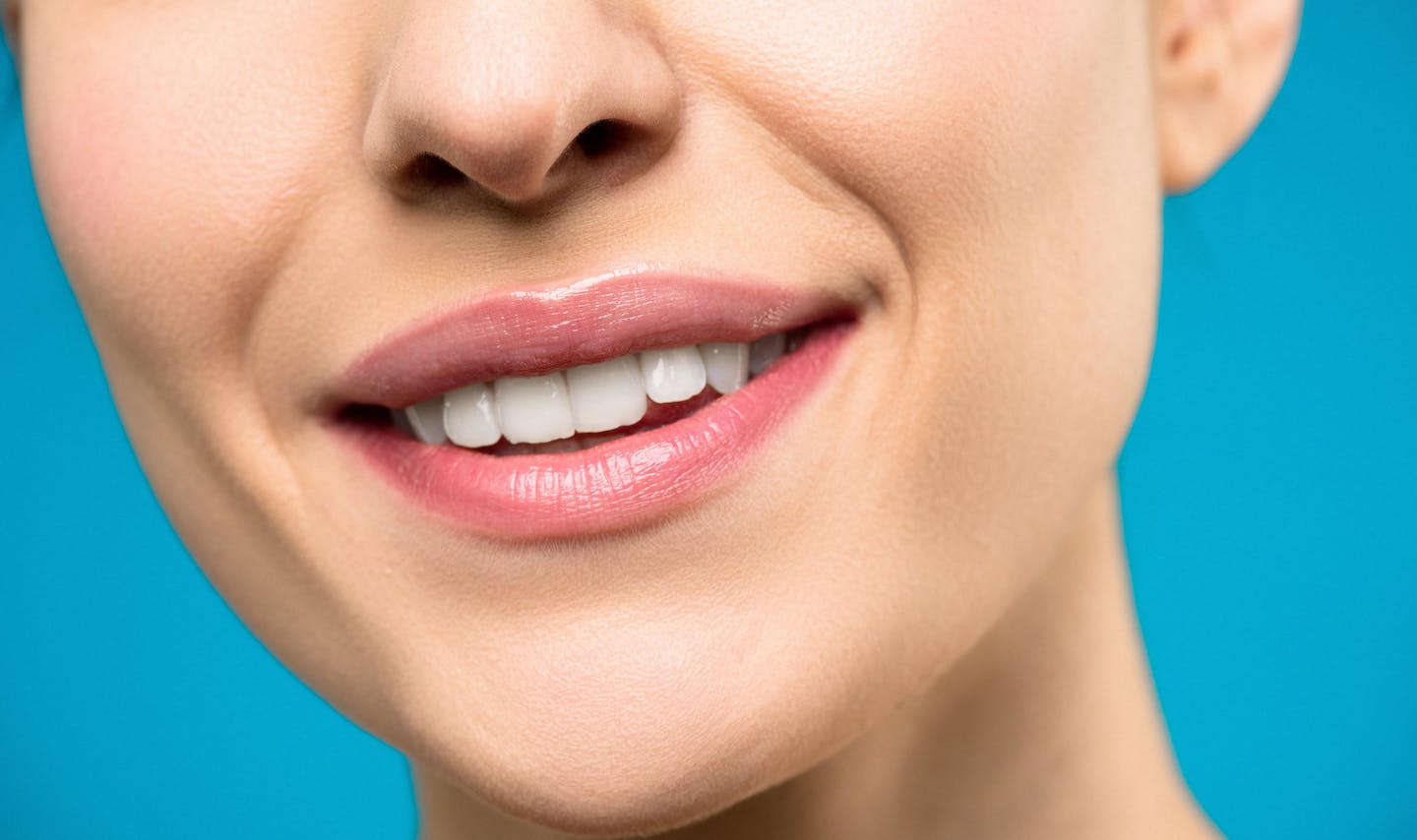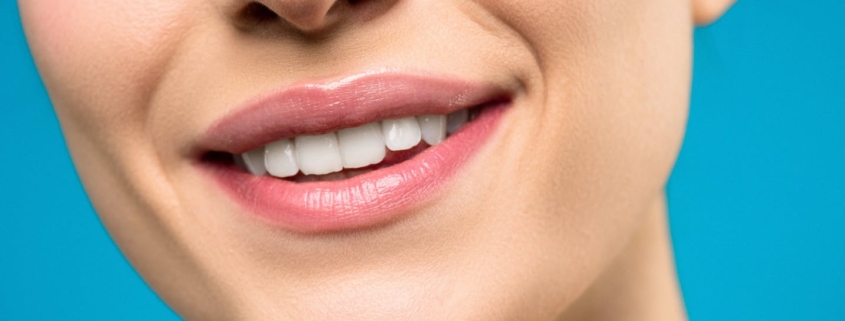Chewing for Change: How Nutrition Shapes Your Dental Health
 With Halloween just around the corner, it’s a given that most of us will be enjoying some fun-sized candy bars.
With Halloween just around the corner, it’s a given that most of us will be enjoying some fun-sized candy bars.
What you might not know is that October also doubles as National Dental Hygiene Month, a perfect opportunity to shine a light on the crucial relationship between our nutrition choices and our dental well-being.
While it’s common knowledge that an excess of sugary treats can lead to cavities, the role of your diet in building strong teeth and healthy gums often goes unnoticed. Maintaining the health of your teeth and gums isn’t just about appearances; it’s an integral part of your overall well-being. Weak teeth can make eating an uncomfortable and painful experience.
This blog post will delve into how the foods you eat can impact your dental health for better or worse and provide practical advice on maintaining a gleaming, pain-free smile that reflects your broader health goals.
Foods That Support Dental Health
You can enhance the health of your teeth by incorporating certain foods into your diet:
Dairy products: Calcium and vitamin D are essential for strengthening teeth.
Whole grain or enriched breads and cereals: B-vitamins promote soft tissue growth and iron promotes healthy blood, which contributes to healthy gum tissue.
Fruits and vegetables: Vitamin C is a powerful antioxidant that is necessary to maintain healthy gums.
Lean meat, fish, poultry, and beans: Magnesium and zinc promote strong teeth and bones much like calcium, while iron and protein are necessary for overall health.
Foods to Limit
It is important to also keep in mind the ways your diet and eating habits can negatively affect dental hygiene, so you are aware of how to make improvements:
Acid Erosion: Acid erosion, the dissolving of minerals like calcium and phosphorous from the tooth structure, causes tooth wear. When plaque, a sticky film of bacteria that forms on the surface of the teeth, comes into contact with food, sugars break down into acids, causing the mouth to shift from a neutral environment to an acidic environment.
The longer your teeth are exposed to this acidity, the higher the risk of demineralization. Sticky, sugary foods like caramel, jams, gummy candies, and even raisins, dried fruit, and honey stick to the teeth for much longer than other foods, providing an optimal environment for bacteria to work. This is why it is so important to brush your teeth after meals when possible!
Meal frequency: How often and for how long the teeth are exposed to an acidic environment after eating is more important than the actual amount of food consumed. When meals are eaten frequently throughout the day, the teeth do not have enough time to re-mineralize in between.
Soda: A can of soda contains almost 10 teaspoons of sugar and is very acidic. Both factors contribute to tooth wear. Many soda drinkers have the habit of swishing the soda around in their mouth, exposing the surface of their teeth for a longer period of time. Such prolonged exposure to an acidic environment will increase the risk of tooth wear and erosion. To avoid this, it is best to drink quickly rather than take small sips over a long period of time.
Dentin Hypersensitivity: Extrinsic factors including acidic foods, carbonated beverages, sports drinks, red and white wines, and citrus fruits can have erosive effects on dentin, the dental tissue found under the tooth enamel. When dentin is eroded one can experience pain triggered by foods and beverages.
If you have any additional questions, reach out to your dentist. Don’t forget to schedule your yearly cleaning!


Leave a Reply
Want to join the discussion?Feel free to contribute!